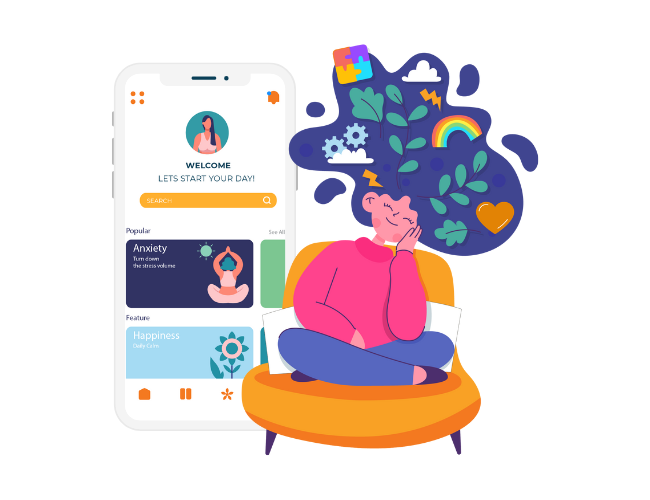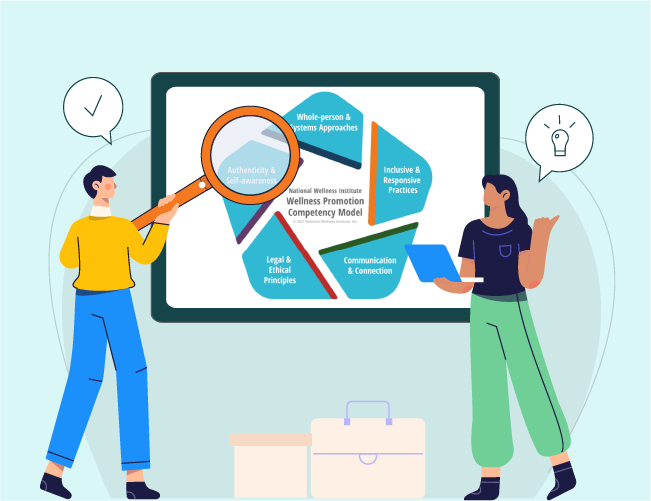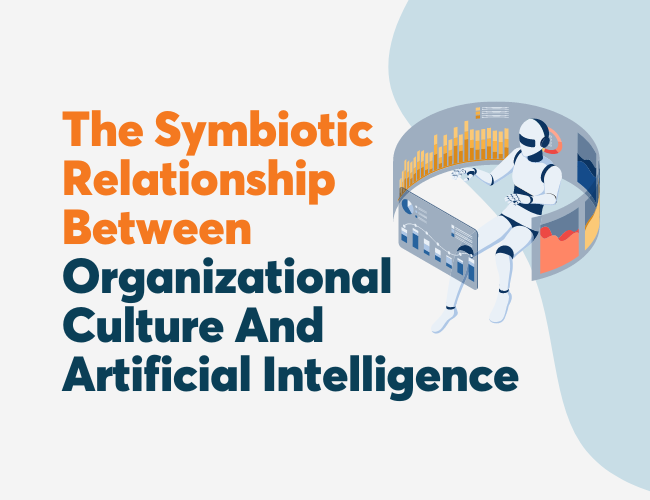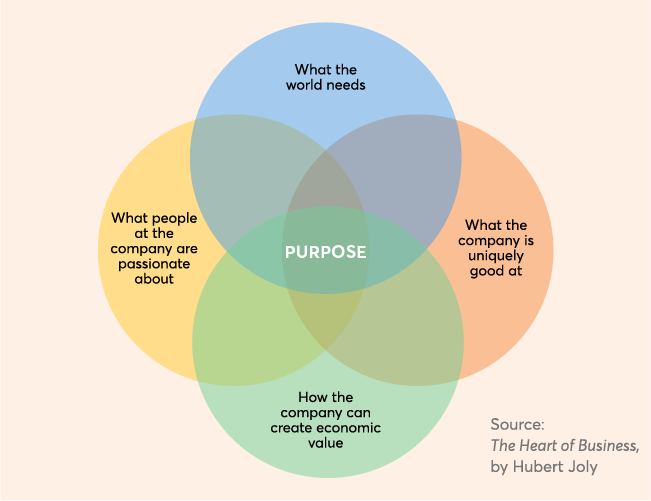According to the American Psychological Association, socioeconomic status (SES) “is the social standing or class of an individual or group” and “is often measured as a combination of education, income, and occupation.”
Several studies have found health and wellness disparities between high- and low-SES individuals. For example, one analysis of 1.7 million men and women between the ages of 40 and 85 found that low SES was associated with a 2.1-year reduction in lifespan. Low SES has also been associated with a decreased adoption of healthy behaviors. In a recent survey of adults in England, 50% of the respondents with the lowest SES scores met the nation’s physical activity recommendations compared to 68% of the highest SES individuals. Similar results have been found for other areas of health and well-being.
Health Inequality And Digital Health Interventions
Over the past several years, the number of digital health interventions (e.g., motivational text messaging, wearable tracking devices, mobile applications, etc.) has risen dramatically. During the pandemic, this trend rapidly accelerated. According to the IQVIA Institute for Human Data Science’s 2021 trends report, an average of 250 health apps were released per day in 2020—a total of 90,000 for the year.
Because these solutions are relatively inexpensive and utilize technologies that many individuals already own (e.g., a smartphone or laptop), many experts speculated that they would reduce health disparities by providing low-SES individuals with easy access to affordable, customizable health tools.
However, a recent meta-analysis of 19 studies on the effectiveness of digital interventions on increasing physical activity found the opposite to be the case. Specifically, researchers found that digital physical activity interventions that have proven effective for high-SES individuals had no effect on low-SES individuals (i.e., they were no better off at the end of the studies than the control groups that received no intervention of any kind). This finding held true across all the behavior change techniques (BCTs) utilized by the digital interventions. For example, no effect was found when the intervention relied primarily on feedback monitoring, rewards and threats, or goal setting.
Moreover, although the meta-analysis only examined studies that used digital interventions that promote physical activity, the researchers speculate the problem of inequitable effects can be generalized. They state:
Our review looks at the equivalence of effects of on physical activity, but it would not be unreasonable to assume that similar findings would be observed in research targeting other health behavior outcomes.
If they are correct, digital solutions that aim to enhance other areas of wellness (e.g., mental health, financial wellness, social wellness, etc.) will run into a similar problem. As a result, holistic solutions, which have the advantage of targeting several dimensions of well-being at once, may have an even more detrimental effect on the wellness gap that exists between low- and high-SES individuals.
Explaining The Findings
The research team offered several potential explanations for the different effects of digital interventions on individuals of low and high SES. First, they note that several studies have found low-SES individuals tend to have lower “e-health literacy,” which refers to an individual’s ability to use information and communication technology to improve their health and well-being. When it comes to digital physical activity interventions, the researchers stated that:
E-health literacy might translate as the users’ ability to navigate the technological devices themselves, understand the information received from the educational components, and appropriately apply the self-regulatory BCTs that are advocated.
Additionally, they hypothesize that higher-SES individuals may have more opportunities and energy to act on digitally delivered advice. This is because high SES is associated with additional free time as well as access to more supportive social and physical environments.
Takeaway
Given the impact that digital solutions can have on health disparities between individuals of low and high SES, organizations that utilize these tools must exercise caution, stay abreast of the latest research, and enact measures to ensure that the digital health tools they are using aren’t widening any wellness gaps.
One key takeaway is that organizations must ensure that their employees are adequately paid before they can reasonably expect a health app to improve their well-being. While digital solutions are effective, they are no substitute for a fair and livable salary. Similarly, organizations with large pay gaps must be mindful of the possibility that their highest paid employees may benefit more from the digital health solutions that they offer.
Additionally, organizations should cultivate a culture of health that provides the supportive atmosphere that some low-SES individuals are lacking. Moreover, because healthy behaviors are contagious, health-centric cultures may encourage low-SES individuals to adopt the healthy behaviors advised by the digital solutions they are using.












